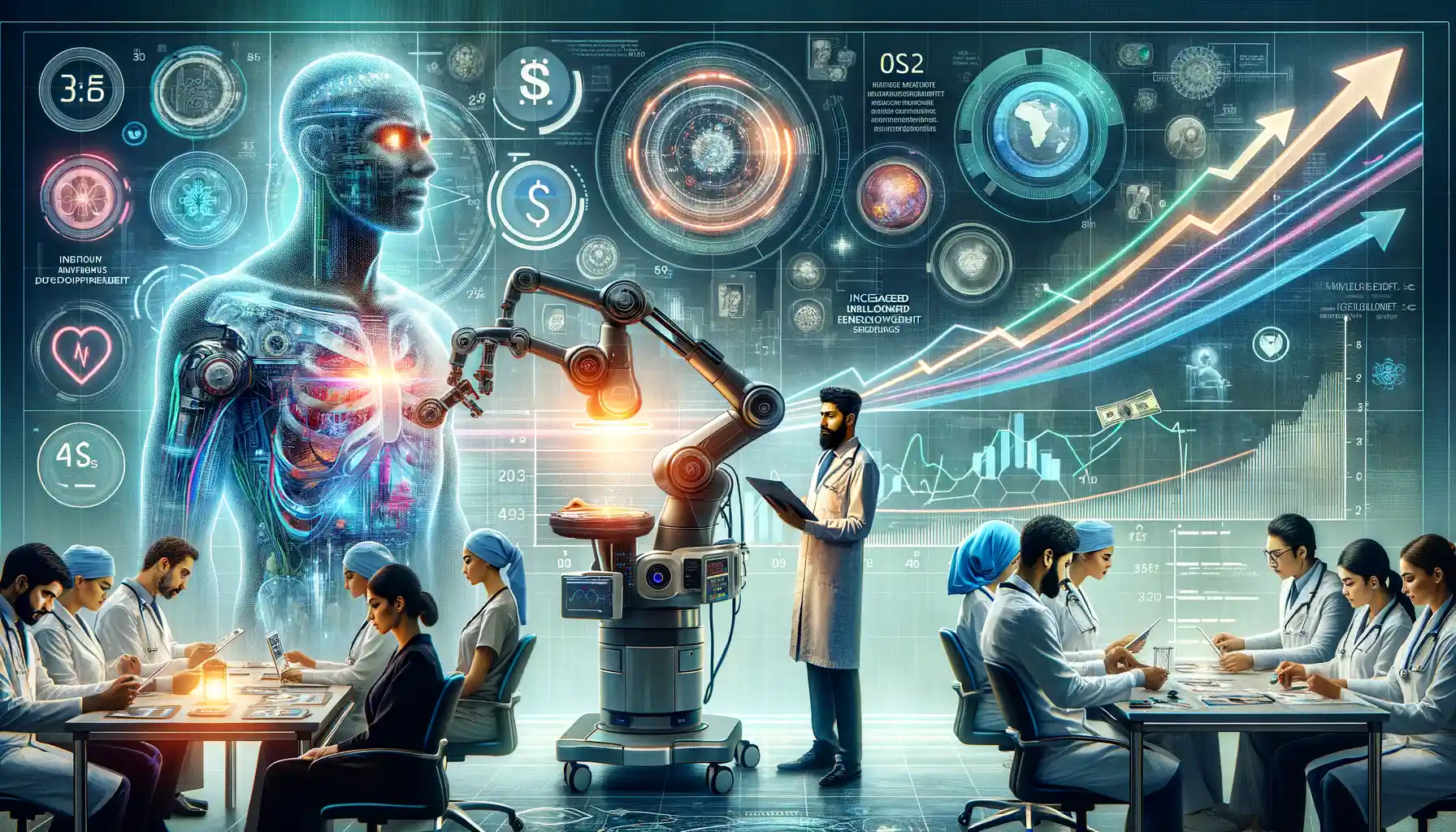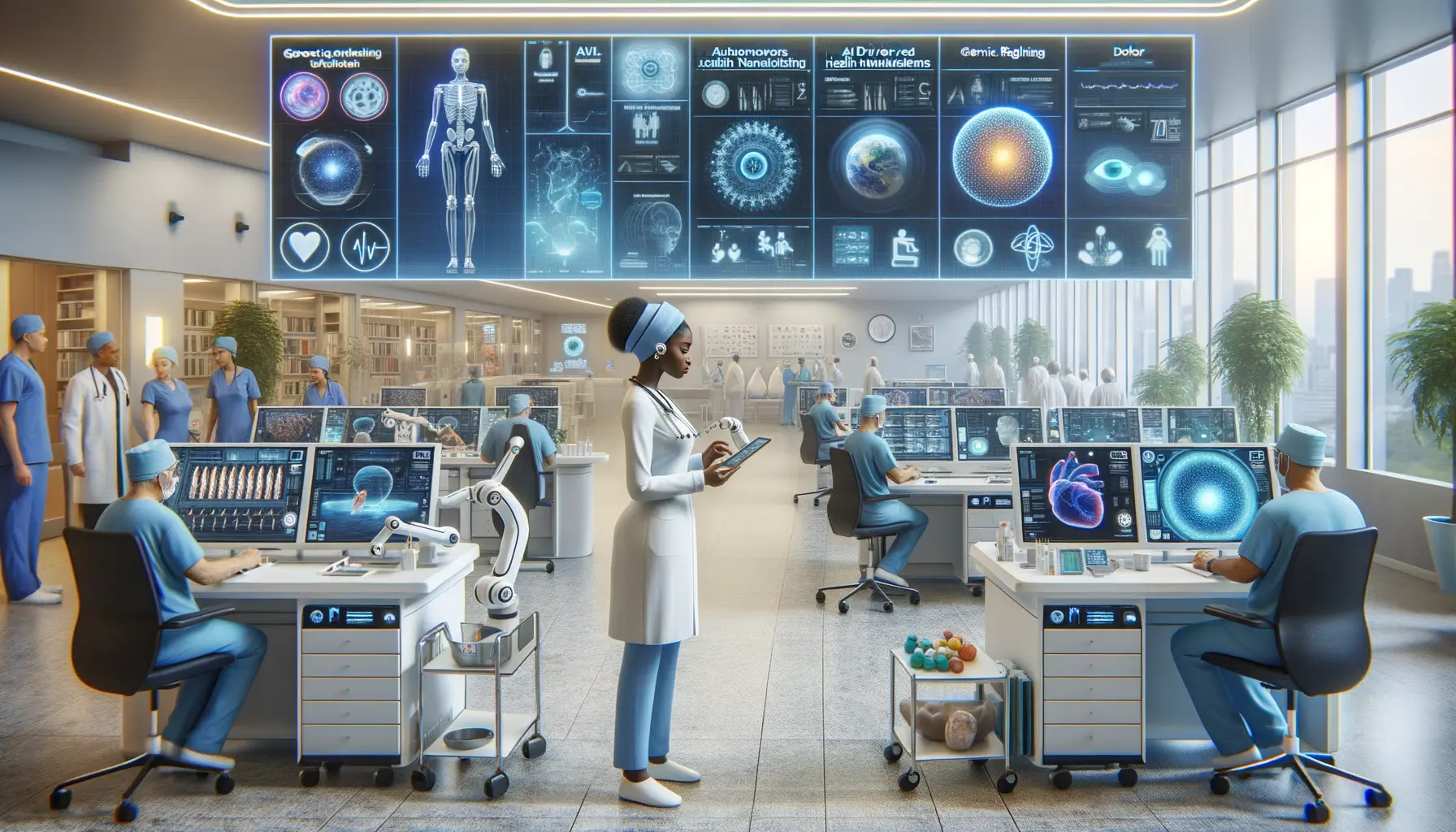Understanding the Costs of Medical Innovation
The True Price Tag of Breakthroughs
Behind every groundbreaking treatment or device lies an intricate tapestry of costs—and no, it’s not just about dollar signs. Imagine a biotech lab buzzing with activity: researchers poring over petri dishes, software engineers crafting algorithms to decode diseases, clinical trial participants anxiously awaiting results. Every stage, from eureka moments in the lab to FDA approvals, carries its own hefty price tag.
The development journey often starts with years of painstaking research. Teams of scientists work tirelessly—sometimes facing setbacks that require them to start all over again. Then comes clinical testing, dragging timelines into decades and pushing budgets to stratospheric levels. Did you know that the average cost of bringing a single drug to market can climb to an eye-watering $2.6 billion?
- R&D costs: The endless trials, errors, and experiments.
- Regulatory hurdles: Jumping through hoops for compliance and safety.
- Manufacturing: Scaling precision at global levels isn’t cheap.
Next time you hear about a “life-changing” cancer therapy or AI-driven diagnostic tool, remember—it’s not just science; it’s an all-in gamble, where success pays for countless failures.
Challenges in Developing Medical Technologies

Pioneering Medicine: The Rocky Road to Innovation
Stepping into the world of medical technology development can feel like walking a tightrope over a canyon. For every breakthrough that transforms lives, there are countless hurdles that demand grit, ingenuity, and endless patience. These challenges aren’t just technical—they’re deeply human.
Imagine trying to fuse cutting-edge science with real-world application. Developers must ensure that their innovations don’t just work in theory but also in the chaotic, unpredictable environment of healthcare. Take clinical trials, for instance. It’s not just about proving a device works—it’s about finding diverse patients willing to participate, overcoming logistical blockades, and navigating the emotional toll of potential failures.
The Devil in the Details: Financial Risks and Development Battles
Financial risk looms tall, casting shadows over even the most promising projects. A single delay—or worse, a failure—can sink millions of dollars. And that’s after navigating these thorny obstacles:
- Intellectual property disputes: Protecting ideas is as tricky as creating them.
- Regulatory bottlenecks: Approvals can take years, testing patience and resources alike.
- Market acceptance: An approved product doesn’t guarantee adoption—clinicians and patients must trust it first.
But let’s not forget: beyond these barriers lies immense possibility. A breakthrough here? It can save millions of lives.
Economic Impact of Medical Technology Innovations

How Medical Innovations Drive Economic Ripples
Picture this: a revolutionary medical device hits the market, like a pacemaker powered by cutting-edge AI. It doesn’t just save lives—it sparks an economic domino effect that touches countless industries. From R&D laboratories to bustling manufacturing plants and small-town pharmacies, the ripple effect of innovation is extraordinary.
Consider the jobs created. Each breakthrough fuels demand for skilled workers—engineers, clinicians, IT specialists. It’s not just about white coats either; think factory workers crafting precision instruments or logistics teams delivering solutions worldwide.
- New careers emerge, like telemedicine consultants or data analysts trained in wearable health tech.
- Local economies see a boost as startups and suppliers cater to the expanding ecosystem of health innovation.
And then there’s government revenue. Tax dollars flow in from companies patenting game-changing technology, and healthcare costs adjust as lives are improved. Even patients experience economic benefits; after all, a device preventing chronic complications means fewer sick days, fewer hospital stays, fewer bills.
Medical technology doesn’t just heal bodies—it invigorates economies. That’s the power of human ingenuity meeting financial opportunity, creating waves that don’t just move, but transform.
Regulatory and Market Considerations

The High-Stakes Maze of Regulations
Developing groundbreaking medical technologies isn’t just about white coats, microscopes, and eureka moments. Oh no—enter the labyrinthine world of regulatory approvals. Picture a marathon where every step is scrutinized, and your shoes are weighed down by pages of compliance paperwork. Agencies like the FDA or EMA act as gatekeepers to ensure safety and efficacy—but navigating their demands can be overwhelming.
Take clinical trials, for instance. These alone can feel like scaling Everest:
- First, there’s the Preclinical phase—where your innovation must prove its worth in Petri dishes and animal models.
- Then, human trials begin, each stage more expensive and nerve-wracking than the last.
- Finally, you’ll face a panel that holds your future in its hands: approval or rejection.
But it doesn’t end there. Even with an approved product, post-market surveillance requirements keep companies on their toes—always watching, always reporting. It’s a relentless cycle.
A Shifting Market Landscape
Beyond regulations, the market itself is a battlefield. Reimbursement policies, pricing wars, and insurance coverage dictate whether your technology flies or flops. For example, achieving Medicare reimbursement might seem like gaining a key to the kingdom, but good luck balancing cost-effectiveness with profitability. And let’s not forget the rising star of value-based care—treatment outcomes now trump all else.
Amid fierce competition, smaller players often struggle to gain traction against industry giants with deeper pockets. Your device could genuinely revolutionize patient care, yet if you can’t convince hospitals, insurers, or physicians of its real-world value, all the effort might come to nothing.
The stakes? Astronomical. But the rewards, when the stars align? Life-changing.
Future Trends and Opportunities in Medical Technologies

Revolutionizing Care with AI, Robotics, and Beyond
The future of medical technology is arriving faster than a heartbeat. Imagine a hospital where advanced AI assistants predict patient needs before symptoms even appear. These algorithms are not just fancy tools but lifesavers—helping doctors diagnose illnesses with the precision of seasoned experts and light-speed efficiency. Think about robotic surgeries, too, where machines operate with submillimeter accuracy, reducing recovery times to mere days instead of weeks. These aren’t sci-fi daydreams—they’re unfolding right now.
But there’s more. Personalized medicine is stepping into the spotlight. We’re talking treatments tailor-made for *your* unique DNA profile. No more one-size-fits-all pills! And let’s not forget wearable tech: imagine discreet devices tracking your vitals 24/7, warning you before danger strikes.
- 3D printing: Custom-made organs and prosthetics, bringing hope where waiting lists once ruled.
- Telemedicine: Breaking barriers by connecting specialists to rural and underserved communities.
These advances aren’t just exciting; they’re life-changing. They’re creating a world where healthcare revolves around you—your needs, your body, your future.
The Push Towards Sustainability and Accessibility
Here’s the other side of the coin: it’s not just about shiny gadgets but making healthcare equitable and eco-friendly. The spotlight is shifting towards sustainable practices in manufacturing medical equipment, reducing waste while preserving quality innovation. Picture hospitals powered by renewable energy or devices made from biodegradable materials. It’s the green revolution meeting the medical field!
Accessibility is another key player. Leaders in biotech are tackling the cost barrier head-on by innovating affordable solutions. Low-cost diagnostic tools, portable imaging systems, and subscription-based telehealth models are changing the healthcare landscape. Now, imagine groundbreaking tech reaching not just the wealthy few but also underserved communities around the globe. That’s not just progress; that’s a moral leap forward.
